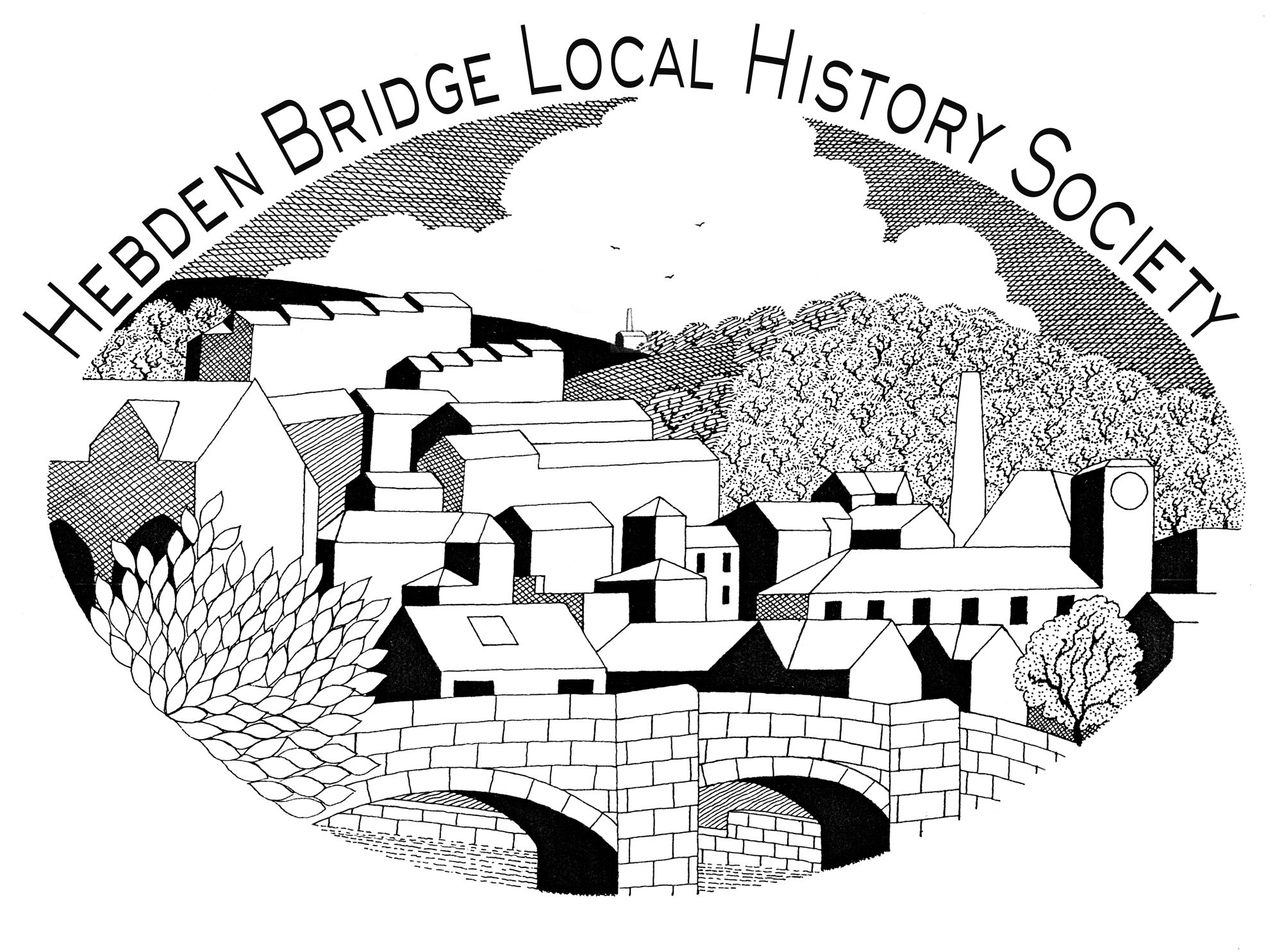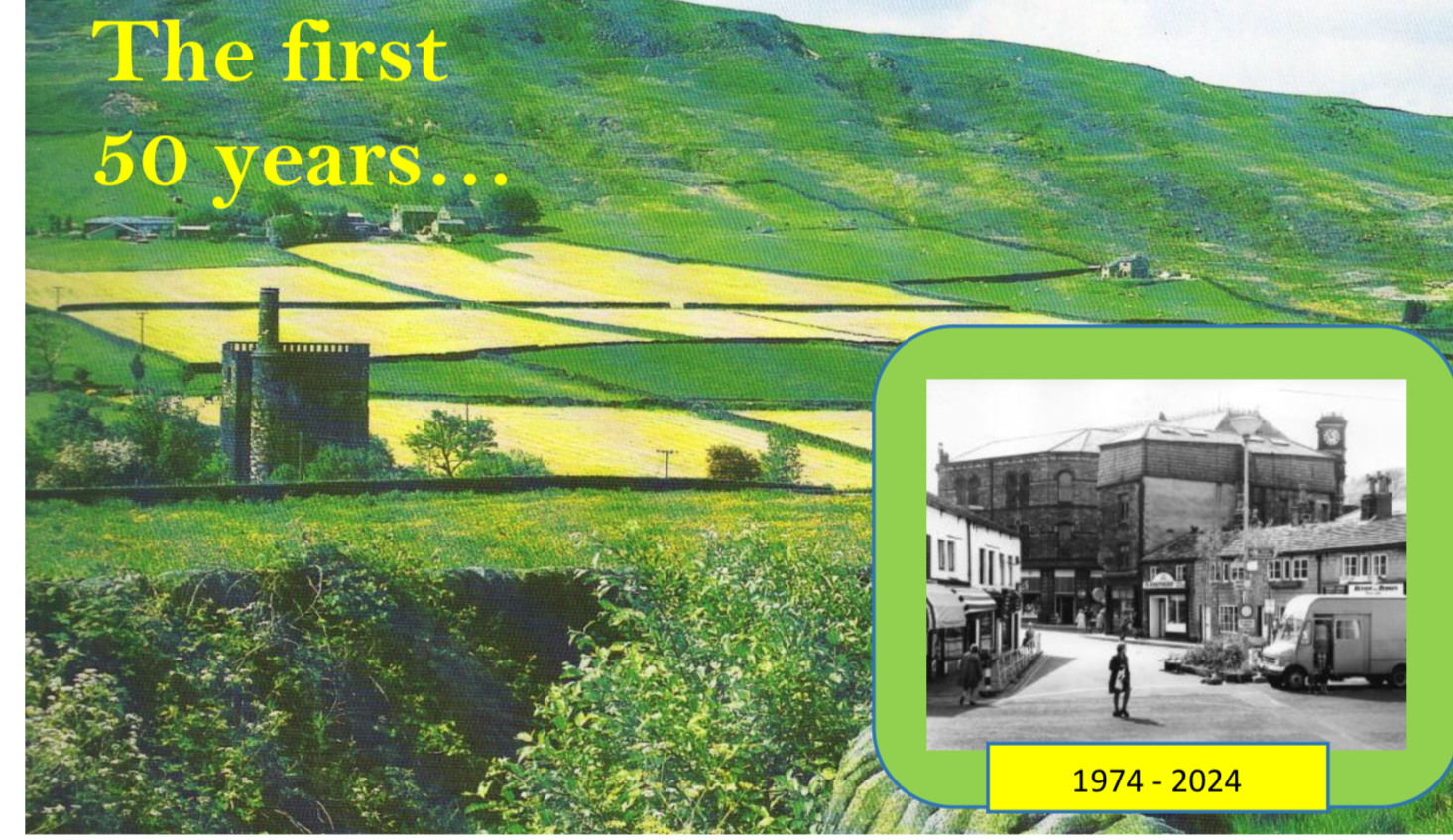As Michael Peel explained, you won’t find a place called Calderdale on the map, and until the Calderdale Metropolitan Borough was created in 1974, the name had very little currency. It encompassed the settlements of the Calder Valley from Todmorden to Brighouse, including the largest town of Halifax. The Local Government Act of 1972 aimed to reduce the number of councils, streamlining services and responsibilities of district and county councils. As a journalist, Michael has monitored the activities of Calderdale from its beginnings, and drew on reports in the local and national press over the years to remind us of what has changed and how much has remained the same.
In the 70s there was a legacy of housing deemed to be unfit for habitation, and many in the council were keen to employ the wrecking ball and start afresh. One news story highlighted how squatters ‘invaded’ a row of unoccupied houses marked for demolition in Queen’s Terrace, Hebden Bridge in the early 70s. Opinion in the town was split, but in the end the council opted to bring such houses up to date, and with council improvement grants much of the housing stock was retained. Redundant textile mills were also ear-marked to be demolished but some saved by conversions into apartments or, in the case of Nutclough Mill, into premises for tech companies like Calrec Audio.
Tourism was the major economic activity in the Upper Calder Valley and the council set to encourage visitors and give support for the reopening of the Rochdale Canal and local walks such as the Calderdale Way. Hebden Bridge town centre was a sad sight with a quarter of shops standing empty in 1975. There were ambitious plans to demolish old buildings in St George’s Square, with futuristic replacements, but instead the council opted for pedestrianisation using large planters to do the job.
Increased tourism raised the issue of another intractable problem: parking. There were some rather alarming plans such as using Calder Holmes as a coach and car park, and building a multi-storey carpark on Garden Street. Ever increasing parking charges helped to limit traffic with the added benefit of providing an income stream to an ever cash-strapped council. But the problem remains.
Over the years the demand for services crashes into the lack of funding from central government. Recent years have seen losses of the services expected fifty years ago – swimming baths, libraries, police stations, courts, fire stations have all closed as part of the drive to save money. But there has been renewal across the Borough – new medical centres and hospitals, flood alleviation schemes, road by-passes and the successful re-imagining of the Piece Hall.
Interest in formal local democracy may be weak, but people in Calderdale are still keen to make their opinions known, with campaigns, meetings and marches the chosen vehicles. Local newspapers no longer have the influence of fifty years ago, but perhaps social media can get people more directly involved with issues of democracy?

